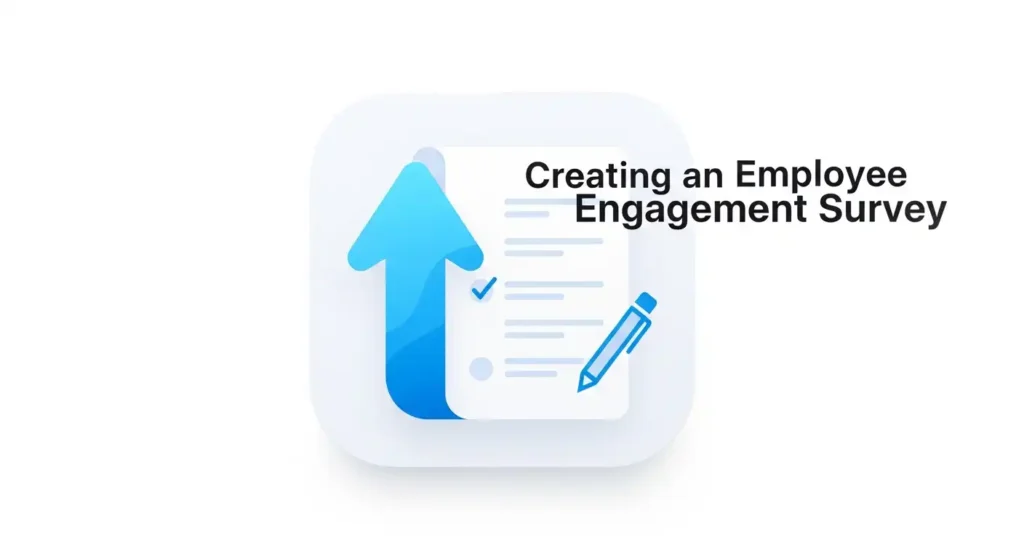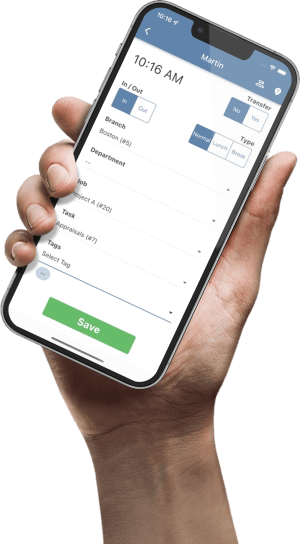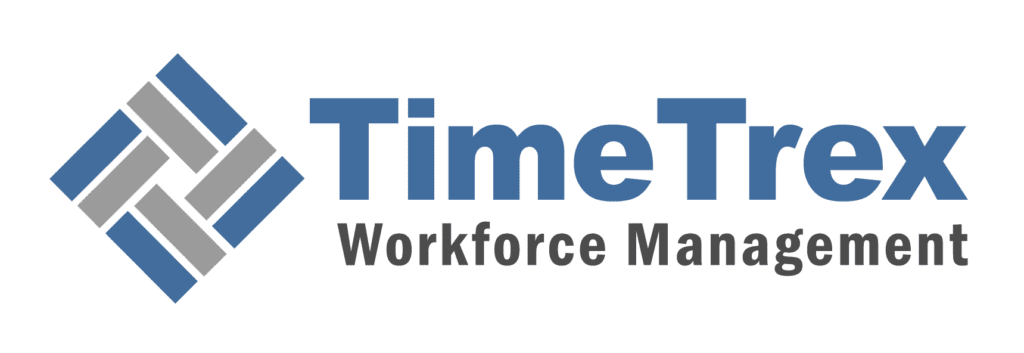
The Definitive Guide to Creating an Employee Engagement Survey and Measurement Framework
Understanding and improving employee engagement is no longer a soft HR initiative—it's a critical business strategy. An effective employee measurement survey is the cornerstone of this strategy, providing the data needed to drive performance, reduce turnover, and boost profitability. This comprehensive guide covers how to create an employee measurement survey, define key metrics, and build a strategic framework for organizational excellence. By mastering the art of the employee engagement survey, you can unlock the full potential of your workforce.
TL;DR
- Engagement is More Than Happiness: Employee engagement is the deep mental and emotional connection an employee has to their work, team, and organization, leading to discretionary effort. It is distinct from satisfaction, which is merely contentment with job basics.
- Data-Driven Impact: High employee engagement is directly linked to higher profitability, sales productivity, and customer loyalty, while significantly reducing absenteeism and turnover.
- Use a Mix of Tools: A robust employee measurement survey strategy combines annual deep-dive surveys for baseline data, frequent pulse surveys for real-time feedback, and key metrics like the Employee Net Promoter Score (eNPS).
- Qualitative Insights are Key: Quantitative data tells you "what," but qualitative methods like one-on-one meetings, stay interviews, and exit interviews reveal "why," providing actionable context.
- Action is Non-Negotiable: Collecting data without transparent communication and a concrete action plan is worse than not surveying at all. It erodes trust. The process must be a continuous cycle: Measure -> Diagnose -> Act -> Measure.
- Build a Business Case: Frame your employee engagement survey program as a strategic investment by quantifying its ROI through reduced turnover costs and productivity gains to secure leadership buy-in.
On This Page
- The Engagement Imperative: Definition, Differentiation, and Business Impact
- The Measurement Toolkit: Quantitative Methodologies
- The Human Element: Qualitative Measurement Approaches
- From Data to Dialogue: Analysis and Action Planning
- The Strategic Investment: Building the Business Case for Engagement
- The Future of Engagement Measurement
The Engagement Imperative: Definition, Differentiation, and Business Impact
Employee engagement has become a central pillar of modern business strategy. It is a critical, measurable driver of organizational performance. For leaders, understanding what engagement is—and what it is not—is the first step toward unlocking its profound potential.
Defining Employee Engagement: A Multi-Dimensional Construct
Employee engagement is the strength of the mental, emotional, and motivational connection an employee feels toward their work, their team, and their organization. This goes far beyond mere contentment; it is a state of being physically, mentally, and emotionally invested in one's work, leading to the exertion of discretionary effort—the willingness to go above and beyond.
- Cognitive and Emotional Dimensions: Engagement involves both intellectual stimulation (cognitive) and a sense of pride and belonging (emotional).
- Three Levels of Connection: Engagement is a composite of an employee's connection to their Work, their Team, and the Organization as a whole.
- Aon Hewitt's "Say, Stay, Strive" Model: This practical model defines engaged employees as those who consistently Say positive things about the company, have a desire to Stay, and are motivated to Strive for excellence.
The Critical Distinction: Engagement vs. Satisfaction, Happiness, and Morale
A common mistake is to use terms like satisfaction and engagement interchangeably. They measure fundamentally different things.
- Engagement vs. Satisfaction: Satisfaction is about contentment with transactional elements like pay and benefits. An employee can be satisfied but not engaged, performing their duties adequately without any extra initiative. An engaged employee is almost always satisfied, but the reverse is not true.
- Engagement vs. Happiness: Happiness is a fleeting emotional state. Engagement is a deep, long-term psychological connection to the organization's purpose.
The Strategic Value of an Engaged Workforce: A Data-Driven Analysis
Improving employee engagement is a business strategy with a clear link to financial performance. Organizations with highly engaged workforces significantly outperform their peers. A meta-analysis by Gallup found that business units in the top quartile of employee engagement realized dramatic improvements including 23% higher profitability and 81% lower absenteeism. The following charts further illustrate the powerful, direct correlation between high engagement and positive business outcomes.
The Business Impact of High Engagement
Investing in employee engagement isn't just about creating a happy workplace; it's a critical business strategy that directly correlates with key performance outcomes. Companies with highly engaged workforces consistently outperform their competitors.
Uplift in High-Engagement Companies
Engagement vs. Profitability
The Measurement Toolkit: Quantitative Methodologies
To manage employee engagement, you must first measure it accurately. Quantitative methods provide the data-driven foundation for understanding engagement levels across your organization. Key performance indicators (KPIs) like eNPS, turnover rates, and absenteeism offer a high-level view of workforce health.
Employee Net Promoter Score (eNPS)
Measures the likelihood of employees recommending your company as a great place to work. It's a quick pulse on overall loyalty and advocacy.
Turnover & Retention Rates
High turnover can signal disengagement. Conversely, a high retention rate shows employees are committed and see a future with the company.
Absenteeism Rate
Frequent, unscheduled absences are a classic sign of disengagement. Tracking this metric helps identify potential burnout or morale issues.
The Employee Net Promoter Score (eNPS): A Measure of Advocacy
The eNPS is a widely adopted KPI that measures employee loyalty with a single, powerful question: "On a scale of 0-10, how likely are you to recommend our company as a place to work to a friend or colleague?"
Calculating Your eNPS Score
How It Works:
- ✓Promoters (9-10): Your most enthusiastic and loyal employees. They are valuable brand ambassadors.
- ✓Passives (7-8): Satisfied but not emotionally invested. They are vulnerable to offers from competitors.
- ✓Detractors (0-6): Unhappy employees who can damage your brand through negative word-of-mouth.
eNPS Formula
% Promoters - % Detractors
Validated Engagement Scales & HRIS Metrics
Beyond eNPS, organizations seeking more rigor can use validated scales like the Gallup Q12 or the Utrecht Work Engagement Scale (UWES). These are complemented by behavioral metrics tracked through your Human Resource Information Systems (HRIS). While surveys measure feelings, HRIS data on turnover, retention, and absenteeism measures the observable outcomes of those feelings, providing a complete picture of workforce health.
The Human Element: Qualitative Measurement Approaches
Quantitative metrics provide the "what," but qualitative methods uncover the "why." These approaches capture the rich context and human stories behind the data, transforming numbers into actionable insights.
Structured Conversations: The Power of One-on-One Meetings, Stay & Exit Interviews
Regular one-on-one meetings are the most powerful tool for continuously monitoring and nurturing engagement. To be effective, they must be structured, with a co-created agenda, a consistent cadence, and a focus on open-ended questions that explore an employee's connection to their work. These are supplemented by two other crucial conversations:
- Stay Interviews: Structured conversations with high-performing employees aimed at understanding what keeps them at the company. They are the strategic antithesis of the reactive exit interview.
- Exit Interviews: A valuable source of candid, unfiltered feedback about systemic issues that current employees may hesitate to raise. The data should be aggregated and analyzed for recurring themes.
| Methodology | Primary Objective | Frequency | Data Type | Key Advantages |
|---|---|---|---|---|
| Annual Survey | Establish baseline, benchmark, identify broad trends | Annual | Quantitative | Scalable, comprehensive, good for trend analysis |
| Pulse Survey | Real-time check-in, track progress on action items | Weekly, Monthly, Quarterly | Quantitative | Agile, timely, high response rates, actionable |
| One-on-One Meeting | Build trust, provide continuous feedback, address individual needs | Weekly, Bi-weekly | Qualitative | Deep individual insight, builds relationships, real-time intervention |
| Stay Interview | Proactive retention of key talent, understand motivators | Annual | Qualitative | Highly targeted, prevents turnover, demonstrates value to employee |
From Data to Dialogue: Analysis and Action Planning
The value of an employee measurement survey is realized when data is translated into meaningful dialogue and concrete action. A commitment to a rigorous and transparent action-planning process is what separates effective strategies from performative exercises.
Top Drivers of Employee Engagement
Engagement isn't random; it's driven by specific aspects of the work environment. Analysis shows that while many factors contribute, focusing on these key areas yields the best return on engagement initiatives.
The Engagement Measurement Process: A Continuous Cycle
A successful engagement strategy is not a one-time survey but an ongoing commitment to improvement. It requires a continuous cycle of listening, acting, and measuring to build momentum and trust within the organization.
Measure
Collect feedback using a mix of methods: annual surveys, pulse surveys, 1-on-1s, and exit interviews to gather a holistic view.
Analyze & Diagnose
Segment data by department, tenure, or role to identify specific pain points and successes. Look for trends over time to find root causes.
Communicate & Act
Share results transparently. Create data-driven action plans using the SMART framework. Empower managers to lead change with their teams.
Follow-Up & Repeat
Close the loop by sharing progress. Follow up with mini pulse surveys to track the impact of your initiatives and refine your strategy.
The Strategic Investment: Building the Business Case for Engagement
To secure resources, frame the investment in your employee engagement survey program not as an expense, but as a strategic imperative with a clear return on investment (ROI).
Quantifying the Return on Investment (ROI)
A robust business case is built on quantifiable data. Focus on the net benefits derived from productivity gains and cost savings.
- Productivity and Revenue Gains: A 1% improvement in engagement can correlate to a 0.6% increase in sales growth.
- Cost Savings from Reduced Turnover: This is the most significant benefit. Calculate the cost to replace an employee (often 40%-200% of their salary) and multiply it by the number of turnovers your initiatives will prevent.
- Cost Savings from Reduced Absenteeism: Quantify savings by calculating the average daily cost of an employee multiplied by the reduction in absence days.
Presenting to Leadership: Securing Executive Buy-In
Tailor your presentation to your audience. For the CFO, focus on ROI and cost savings. For the CEO, frame the discussion around strategic advantage, innovation, and employer brand. Use your own organization's data to make the problem immediate and undeniable, and frame engagement as a critical risk management strategy.
The Future of Engagement Measurement
The field is undergoing a transformation driven by technology, moving from periodic surveys to a more continuous, predictive, and personalized approach.
The Rise of AI and Predictive Analytics
AI and machine learning are reshaping how organizations listen. Tools leveraging Natural Language Processing (NLP) can analyze unstructured text from internal communications to gauge sentiment in real time. More advanced models can even predict which employees are at high risk of leaving, allowing for proactive interventions.
Navigating the Pitfalls: Challenges in Engagement Measurement
As tools become more sophisticated, potential pitfalls become more acute.
- Survey Fatigue: Avoid over-surveying, especially without acting on previous feedback.
- Ensuring Anonymity and Trust: The foundation of honest feedback is trust. Guarantee confidentiality, often by using a third-party administrator.
- Ethical Considerations of AI: As listening becomes more passive, the imperative for transparency grows. Be explicit about what data is collected and why to avoid a "Big Brother" culture.
The Integrated Approach: The Role of Engagement Platforms
The future lies in integrated platforms that serve as a central hub for the employee experience. These platforms combine multi-modal survey tools, advanced analytics, action planning resources for managers, and HRIS integration to connect the entire feedback loop in one place.
Conclusion
The measurement of employee engagement has matured into a continuous, data-rich strategic discipline. A successful framework combines the scale of quantitative surveys with the deep context of qualitative conversations. However, measurement without action is futile. The decision to launch an employee measurement survey must be synonymous with a commitment to organizational change—a change that empowers managers, addresses challenges transparently, and creates a workplace where every employee feels connected, valued, and motivated to contribute their best work.
Ready to Measure What Matters?
Take the first step towards a more engaged and productive workforce. Use our Company-Wide Employee Engagement Calculator to quantify the potential financial impact of improving engagement at your organization.
Calculate Your Engagement ROIDisclaimer: The content provided on this webpage is for informational purposes only and is not intended to be a substitute for professional advice. While we strive to ensure the accuracy and timeliness of the information presented here, the details may change over time or vary in different jurisdictions. Therefore, we do not guarantee the completeness, reliability, or absolute accuracy of this information. The information on this page should not be used as a basis for making legal, financial, or any other key decisions. We strongly advise consulting with a qualified professional or expert in the relevant field for specific advice, guidance, or services. By using this webpage, you acknowledge that the information is offered “as is” and that we are not liable for any errors, omissions, or inaccuracies in the content, nor for any actions taken based on the information provided. We shall not be held liable for any direct, indirect, incidental, consequential, or punitive damages arising out of your access to, use of, or reliance on any content on this page.
About The Author

Roger Wood
With a Baccalaureate of Science and advanced studies in business, Roger has successfully managed businesses across five continents. His extensive global experience and strategic insights contribute significantly to the success of TimeTrex. His expertise and dedication ensure we deliver top-notch solutions to our clients around the world.
Time To Clock-In
Start your 30-day free trial!
Experience the Ultimate Workforce Solution and Revolutionize Your Business Today
- Eliminate Errors
- Simple & Easy To Use
- Real-time Reporting

Saving businesses time and money through better workforce management since 2003.
Copyright © 2025 TimeTrex. All Rights Reserved.
